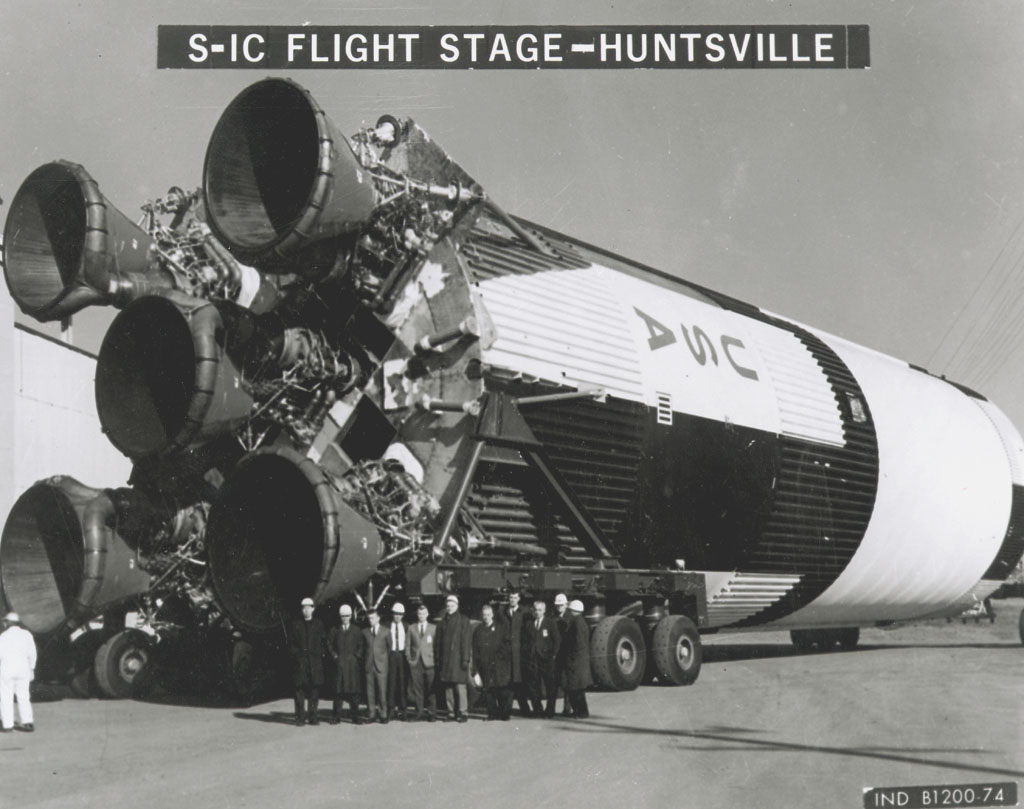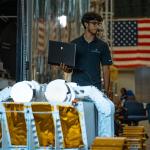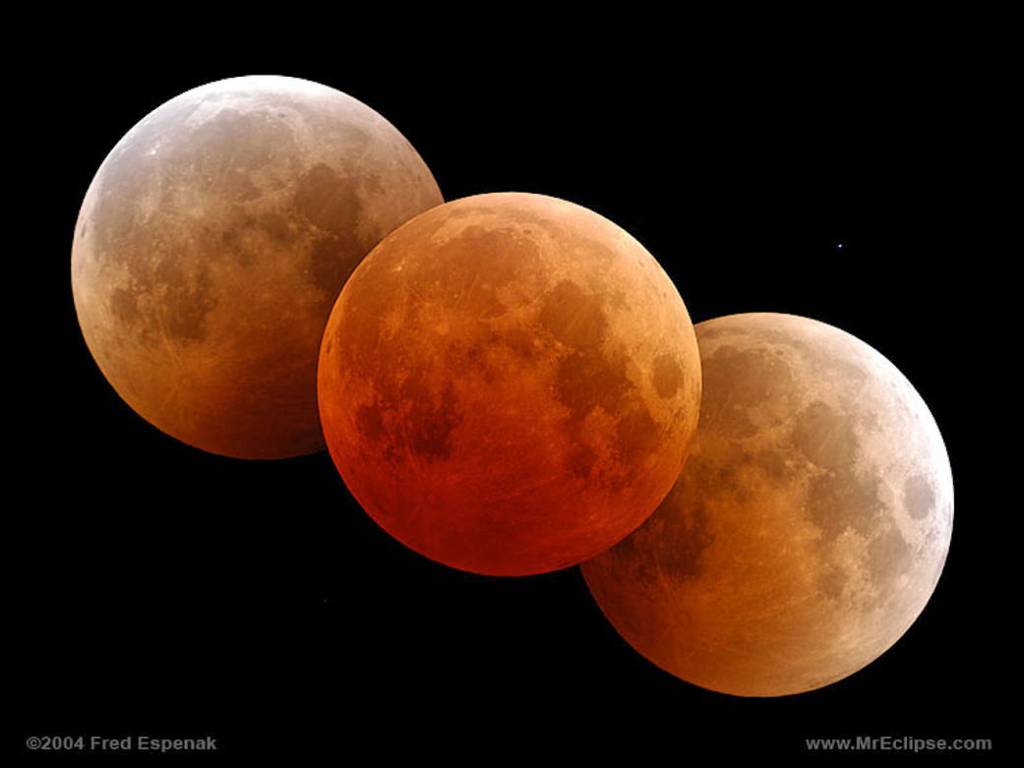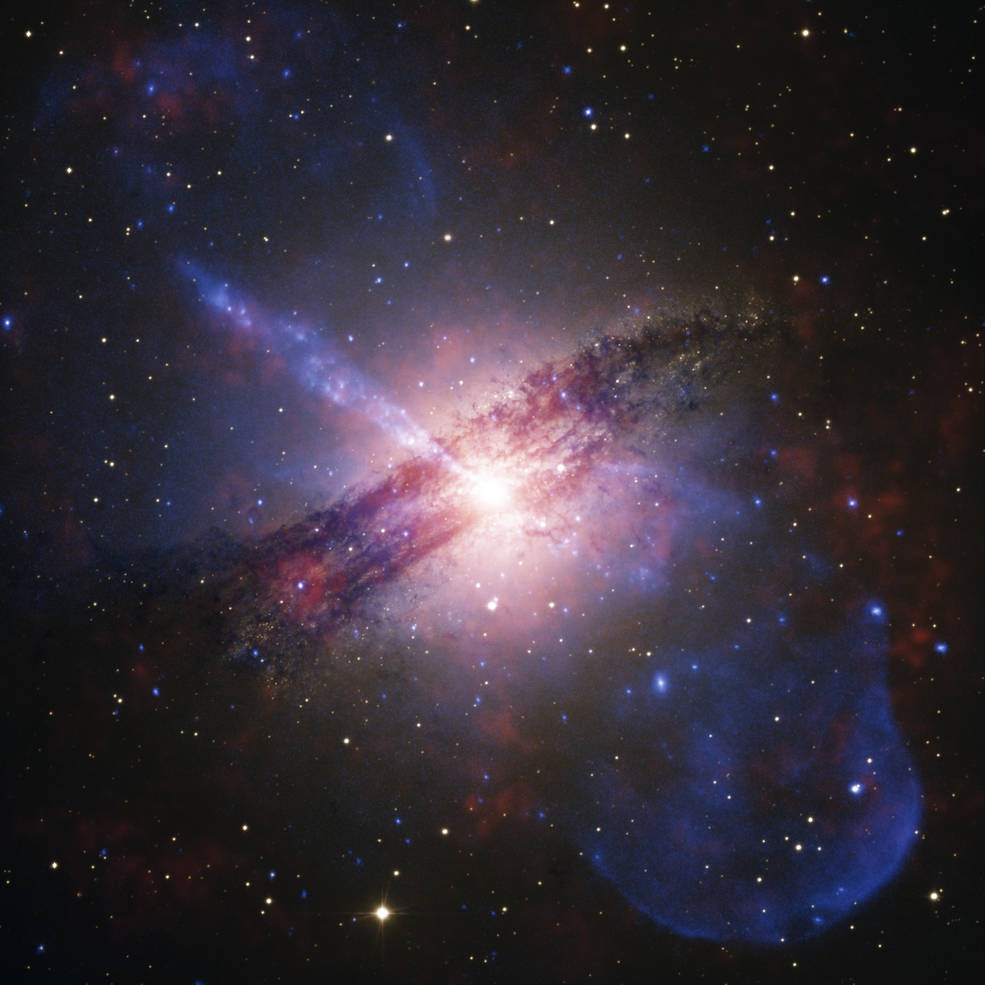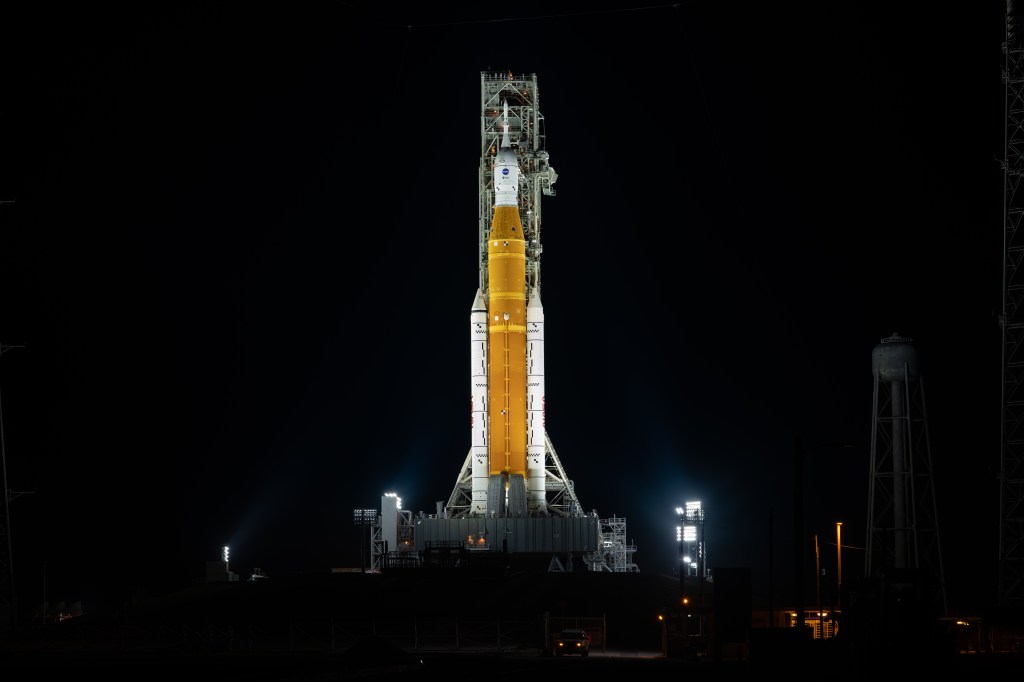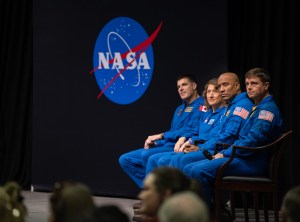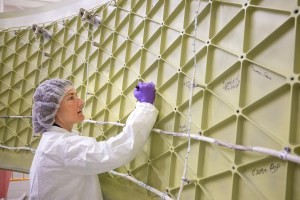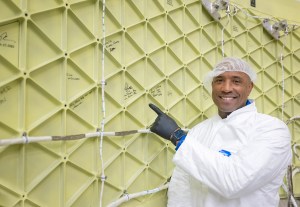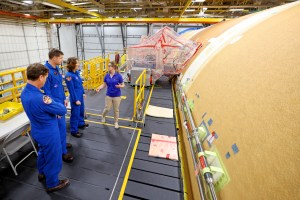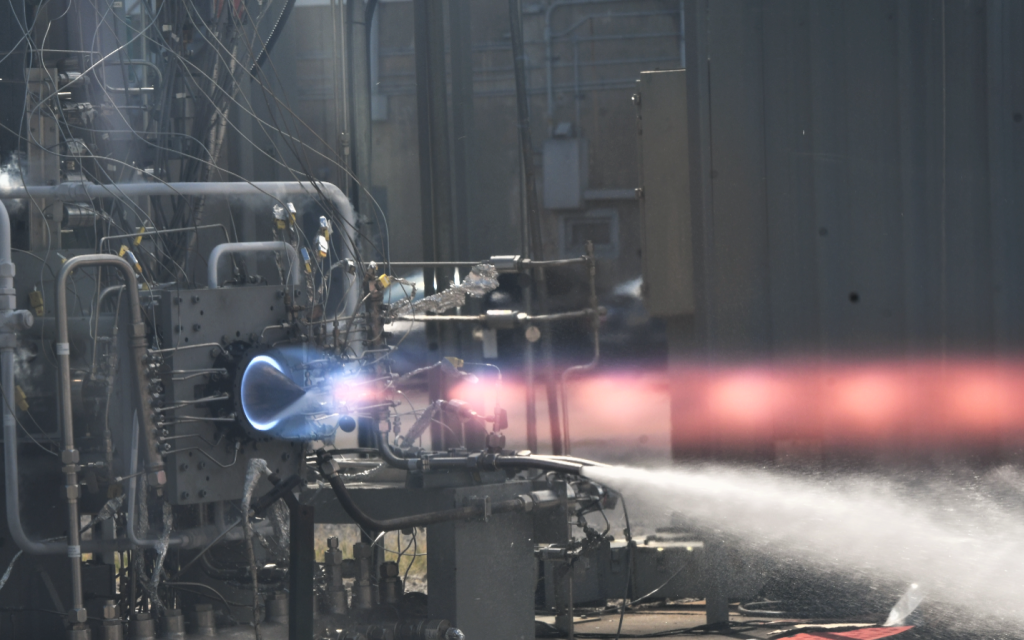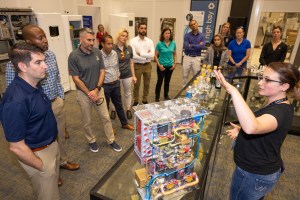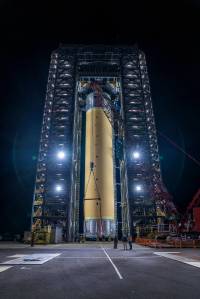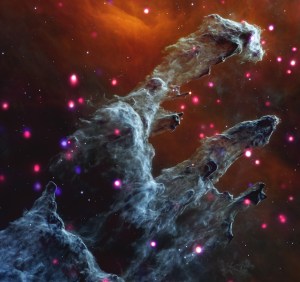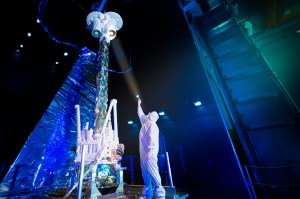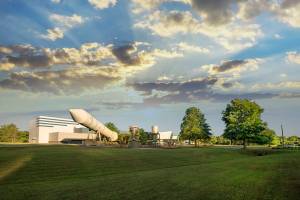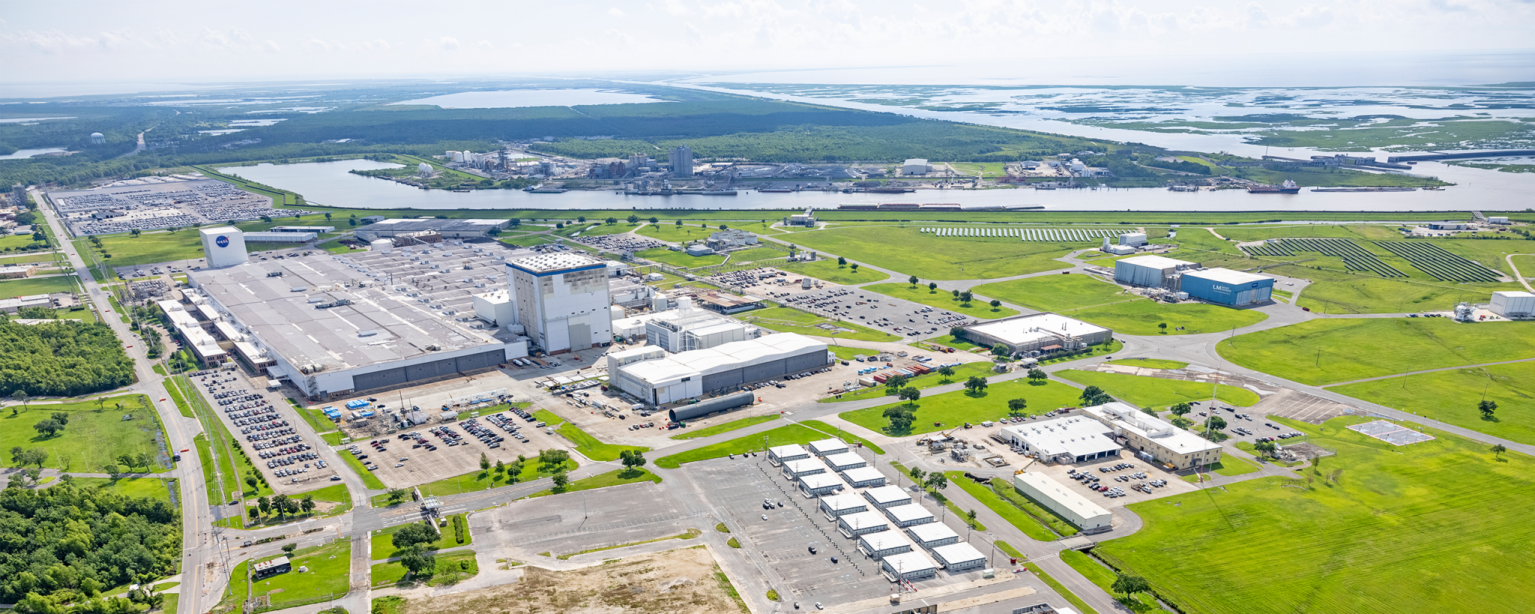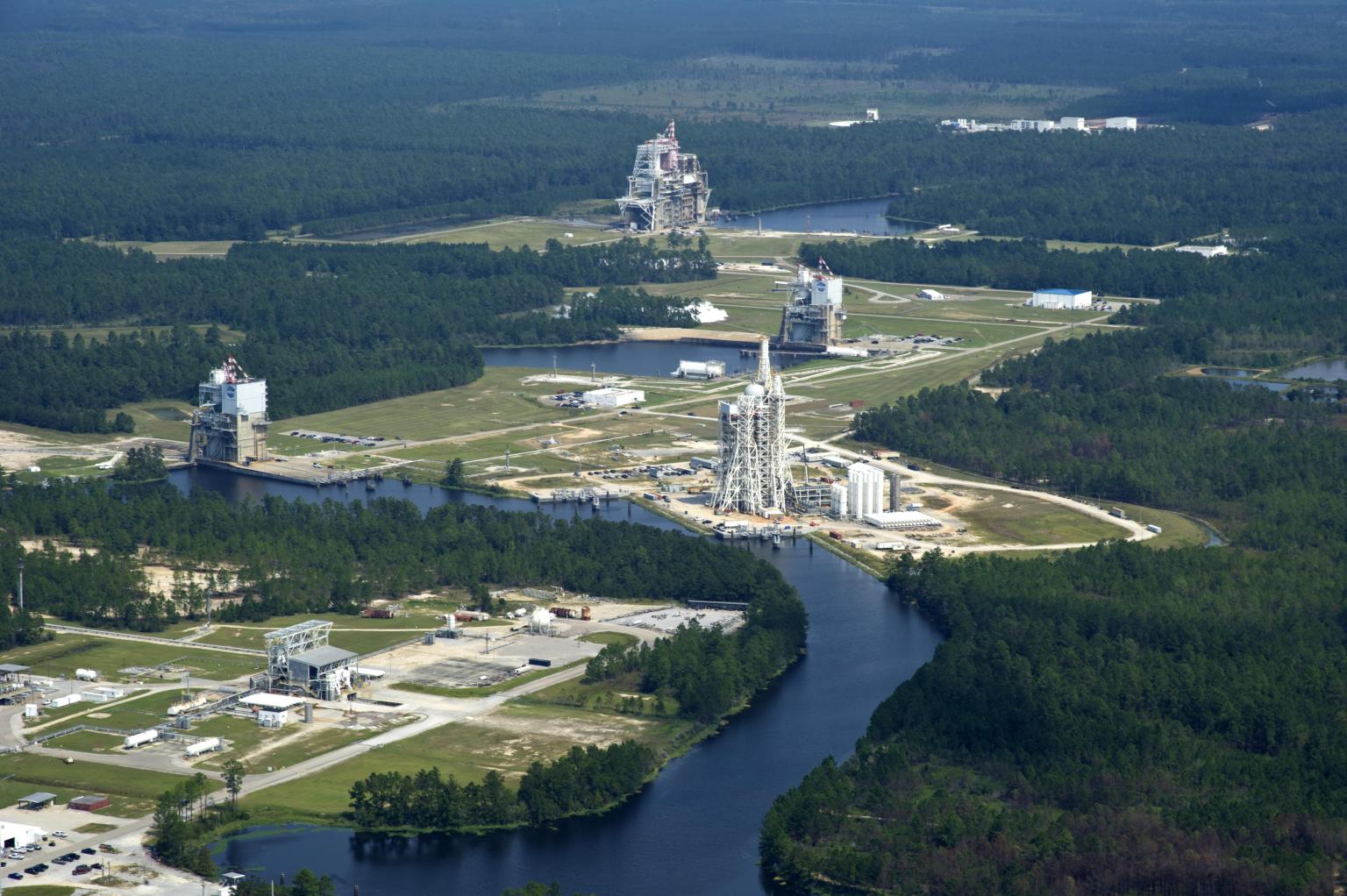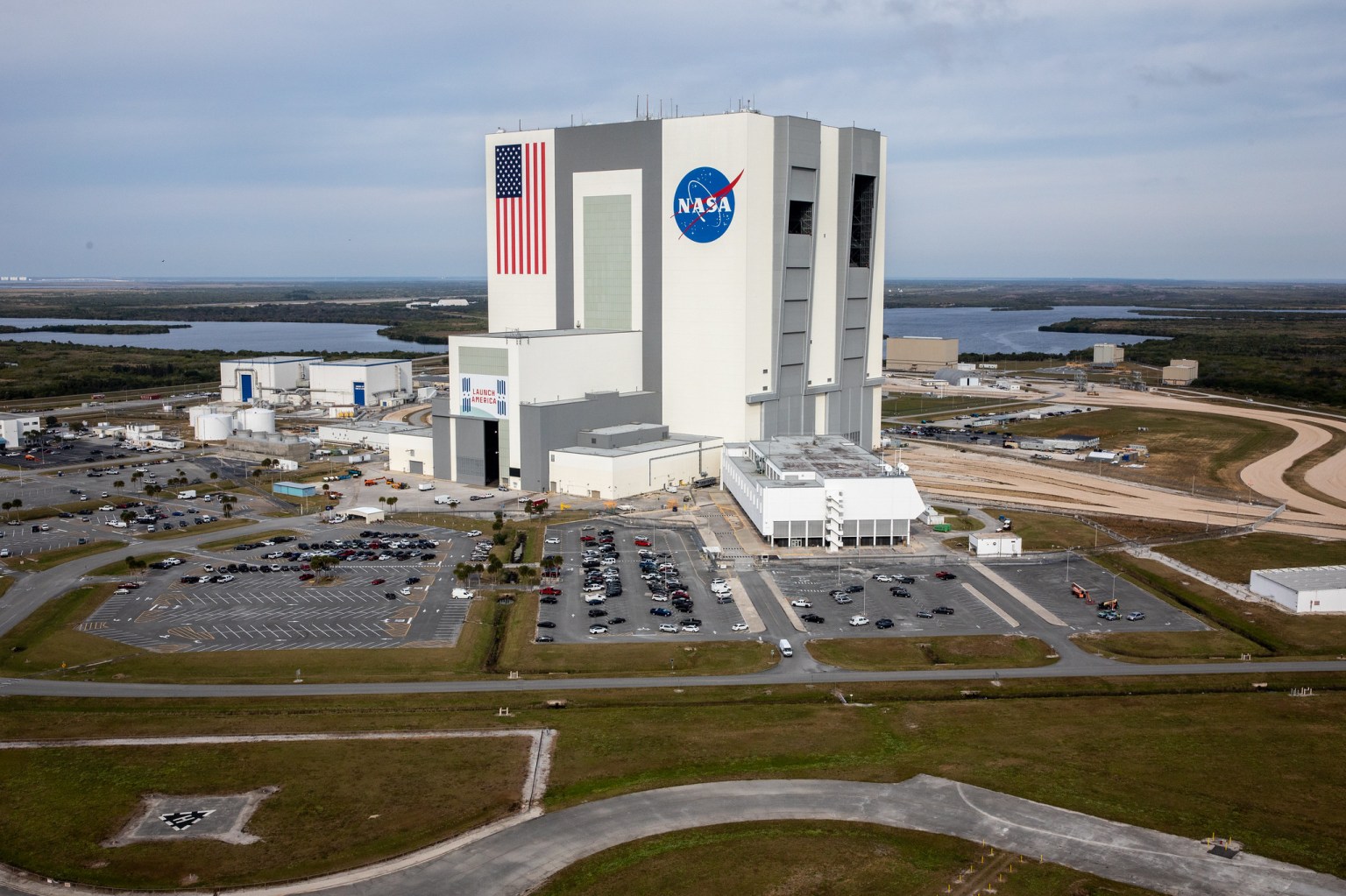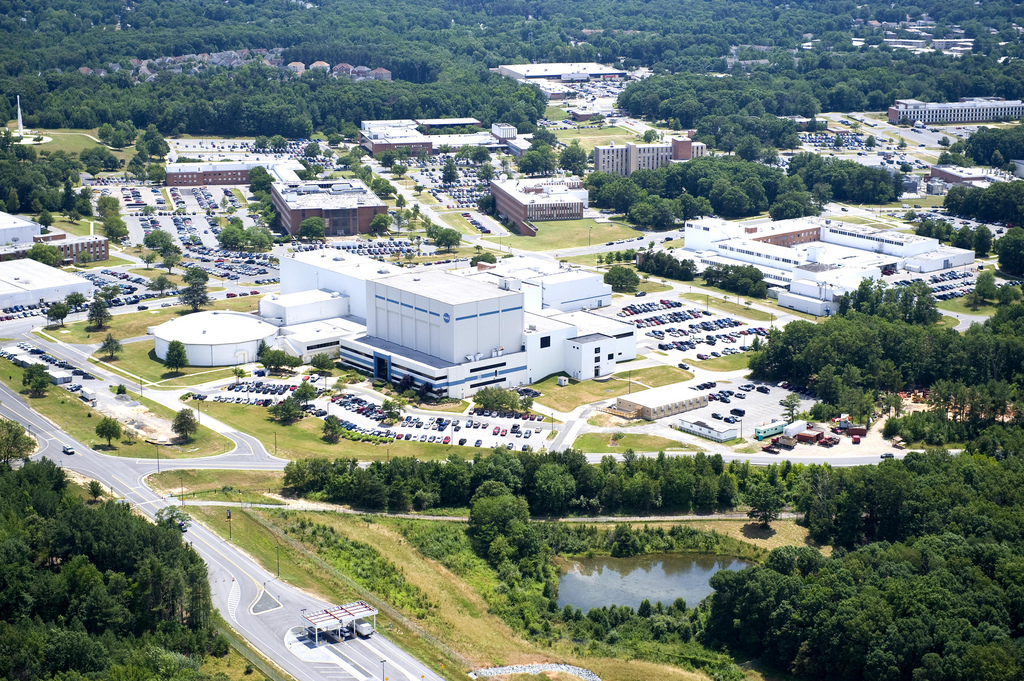
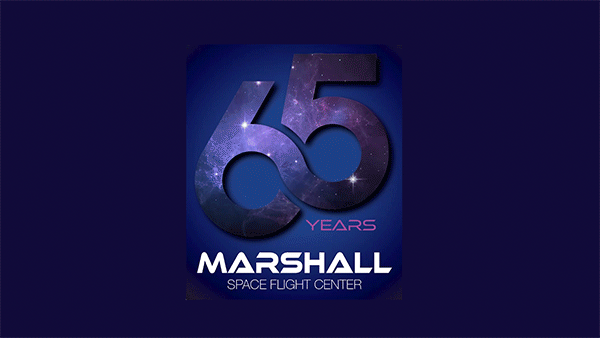
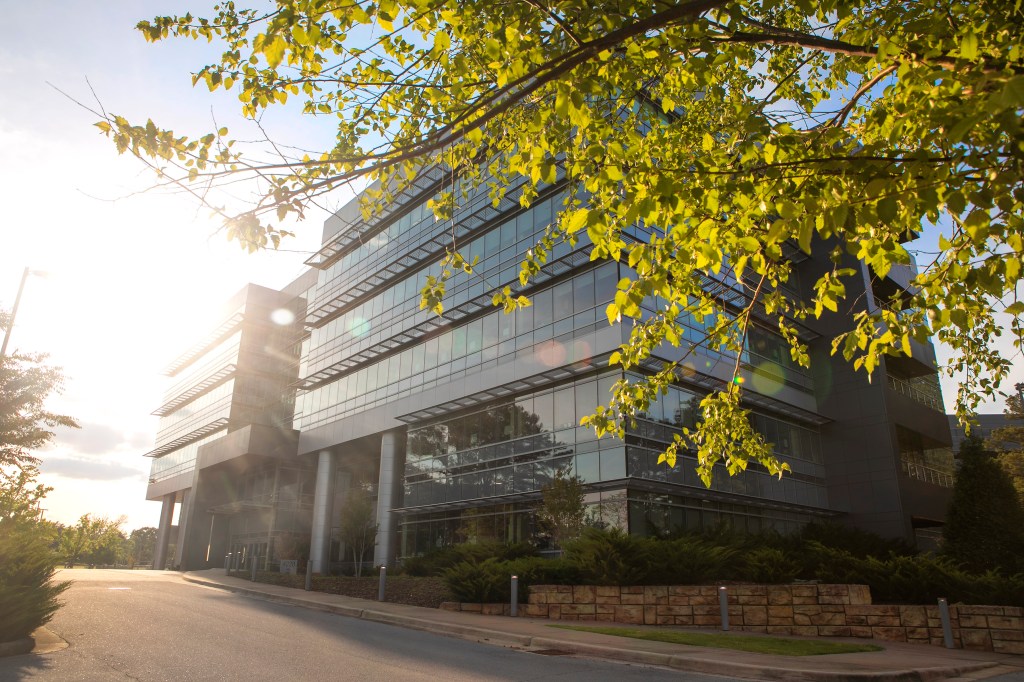
Marshall Space Flight Center
For more than six decades, NASA and the nation have relied on Marshall Space Flight Center in Huntsville, Alabama, to deliver its most vital propulsion systems and hardware, flagship launch vehicles, world-class space systems, state-of-the-art engineering technologies and cutting-edge science and research projects and solutions. Explore Marshall’s contributions to America’s space program.
Location
Huntsville, AL
Founded
July 1, 1960
People
6,000 +
Acting Director
Rae Ann Meyer
Marshall 65
For 65 years, NASA’s Marshall Space Flight Center has shaped or supported nearly every facet of the nation’s ongoing mission of space exploration and discovery, solving the most complex, technical flight challenges and contributing to science to improve life and protect resources around the world.
Learn More about Marshall 65
Human Exploration Rover Challenge
NASA now is accepting proposals from student teams for a contest to design, build, and test rovers for Moon and Mars exploration through Sept. 15.
HERC is a nine-month long challenge that tasks student teams to design and build human-powered or remote-controlled rovers capable of traversing challenging lunar terrain while completing mission tasks. It is a hands-on, research-based, engineering activity and culminates each year with a final excursion event in Huntsville, Alabama, home of NASA’s Marshall Space Flight Center. The activity offers multiple challenges, reaching a broad audience of colleges and universities as well as middle and high school aged students across the world.
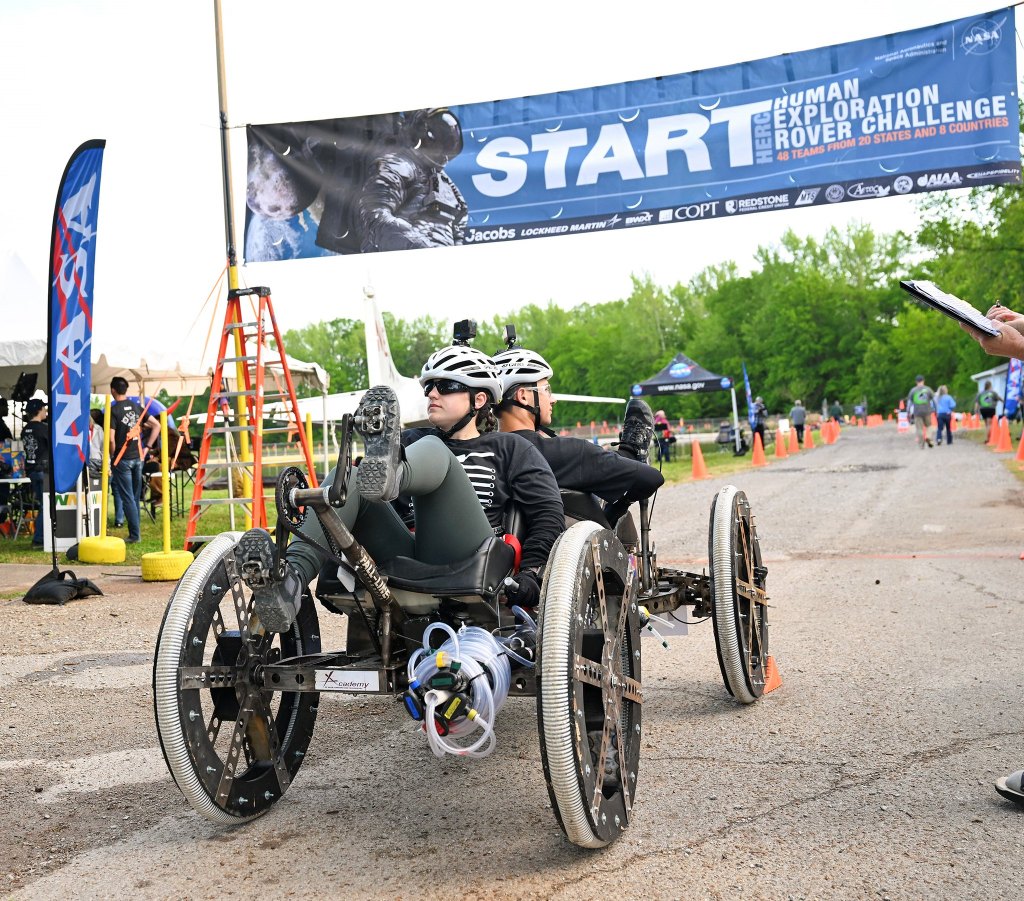
Student Launch Challenge
NASA’s Student Launch challenge invites student teams to submit their proposal by Monday, September 22 to design, build, and launch high-powered rockets with a scientific or engineering payload.
It actually IS rocket science! Student Launch is a 9-month long challenge that tasks student teams from across the U.S. to design, build, test, and launch a high-powered rocket carrying a scientific or engineering payload. It is a hands-on, research-based, engineering activity and culminates each year with a final launch in Huntsville, Alabama, home of NASA’s Marshall Space Flight Center.
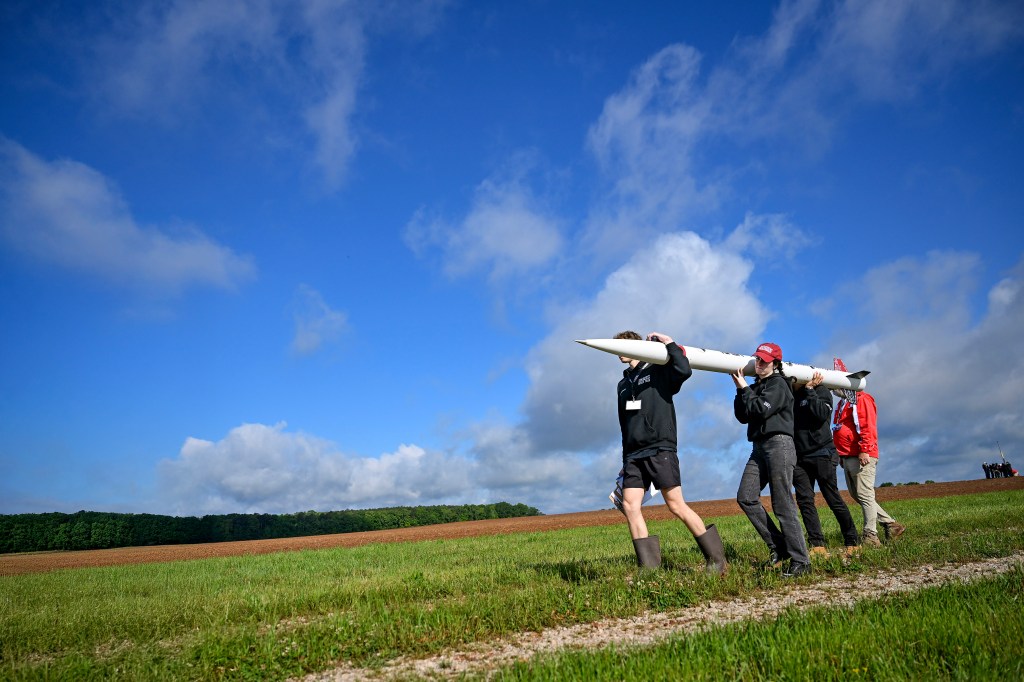
Marshall Expertise

Space Launch System

Chandra X-ray Observatory
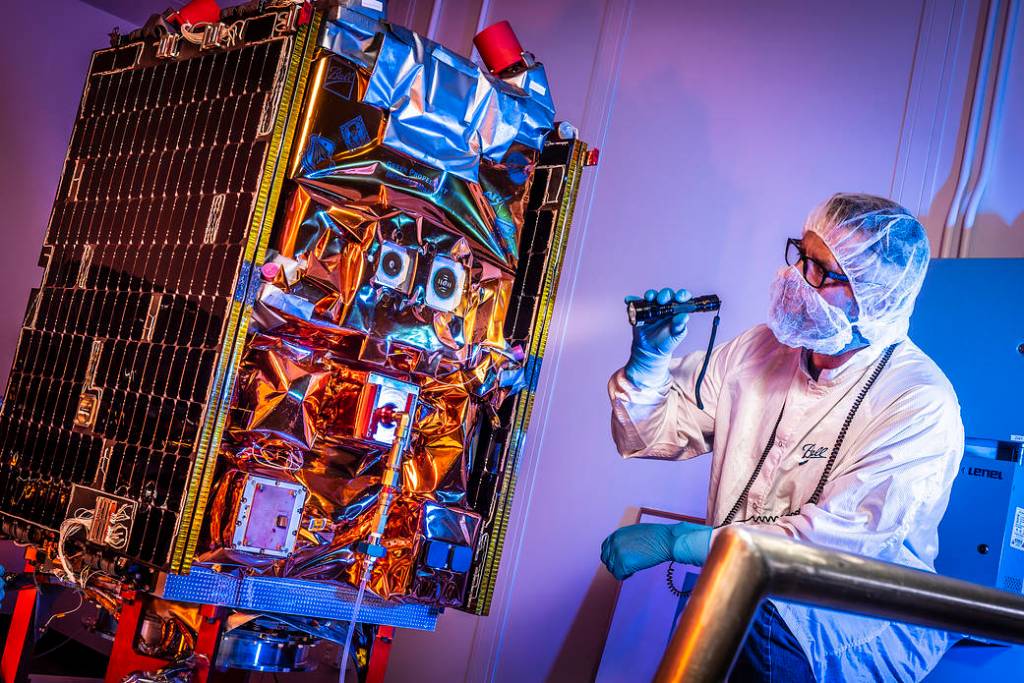
Technology Demonstration Missions
Marshall Social Media
Marshall YouTube
See the latest videos from NASA’s Marshall Space Flight Center located in Huntsville, Alabama.
Watch MoreMarshall Blogs
History
Pioneering spaceflight and innovation
Since its beginning in 1960, Marshall has provided the agency with mission-critical design, development and integration of the launch and space systems required for space operations, exploration and scientific missions.
Marshall’s legacy in rocket engineering includes providing the Saturn rockets that powered Americans to the Moon and the Lunar Roving Vehicle that aided exploration of the Moon; managing the development of Skylab, America’s first space station; developing space shuttle propulsion systems and experiments, including Spacelab; building the Hubble Space Telescope and the Chandra X-ray Observatory; and building the International Space Station’s laboratory modules and experiment facilities and operating station science experiments.
Learn More about Pioneering spaceflight and innovation